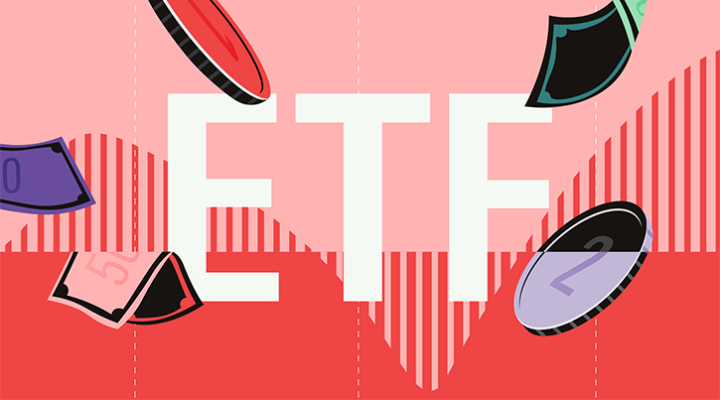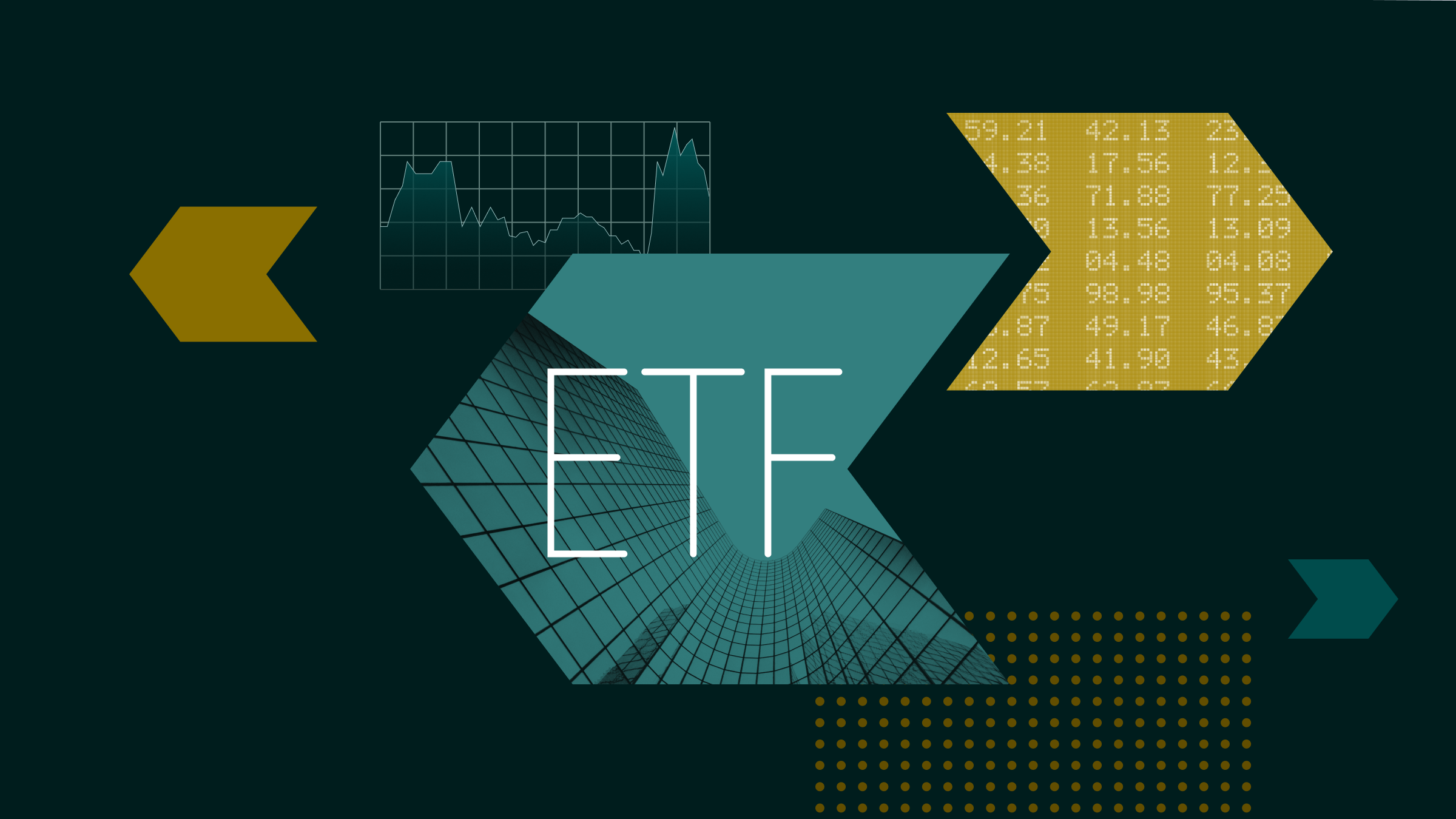g on macro-calls, such as structural growth in China, a rising inflationary environment, or position in the economic cycle, for example. His equity picks are based on analyses of a company’s valuations, price target to fair value ratio, return on capital, and the potential for 10-20% upside over the next twelve months.
It’s in this equity portion where Buxton has kept most of the 20-40 security portfolio in the past few years. He typically holds a 75/25 or 80/20 ratio between giant- and large-cap stocks to mid-caps. In an effort to limit volatility and risk, Buxton also refrains from holding any small-or micro-caps. His fixed interest stake adds to his defensive capabilities: He’ll also invest in short gilts when he sees fit. At the same time, he can take up to a 20% cash position (per UCITs limits), a stake that he has taken about three different times in the fund’s five-year history – most notably when the fund was launched amidst the bear market of 2002.
Still, investors have reason to be cautious. First, despite the dearth of small-cap exposure, Buxton did maintain a significant mid-cap stake, which likely helped drive the fund’s returns. He was correct to do so, but it’s unclear if that area will offer as much upside going forward as it has in the past. Further, in such a concentrated portfolio, the fund’s downside can be exaggerated despite its ability to play defence with cash and bonds. Take, for instance, 2004, when a pass on the oil rally and a combination of stocks that went sharply southwards (e.g. Reuters, BA, and United Business Media), caused the fund to plummet to the bottom decile of its category. Indeed, the fund’s volatility is higher than the category average over its three- and five- year periods (as measured by standard deviation).
That said, we think Buxton has led this fund with talent, and his lengthy experience is what you want from a manager with such wide latitude to invest. We think this fund is an appealing choice for those willing to take on more risk than the norm in search of potentially higher upside from UK equities.




























